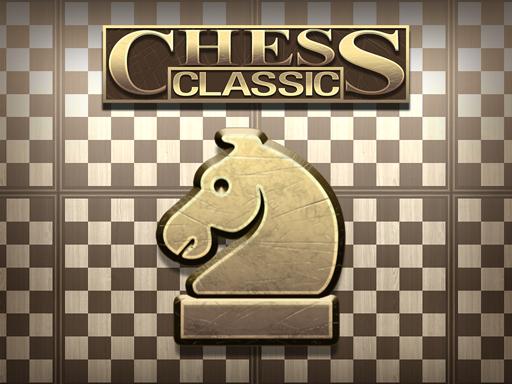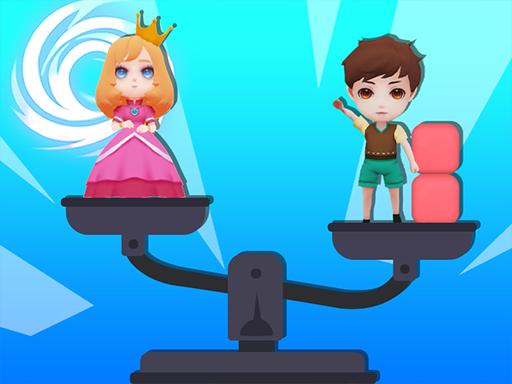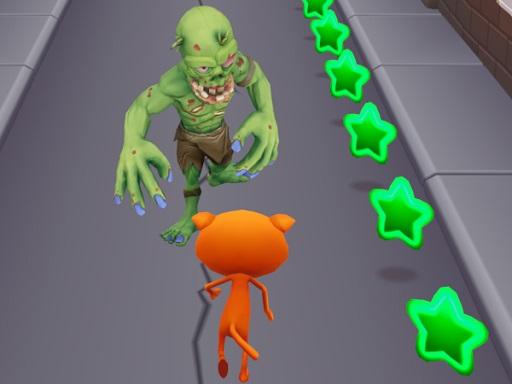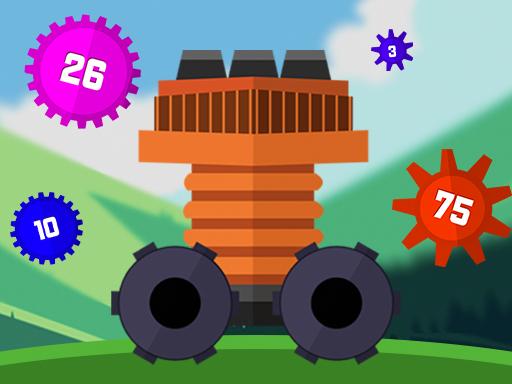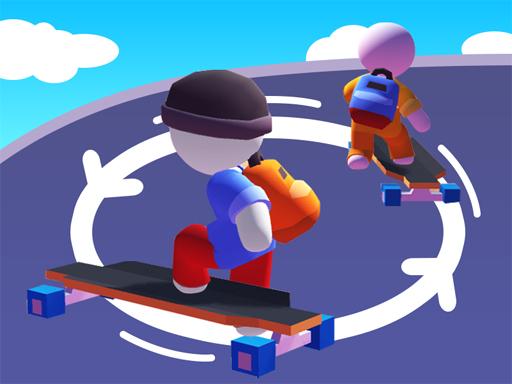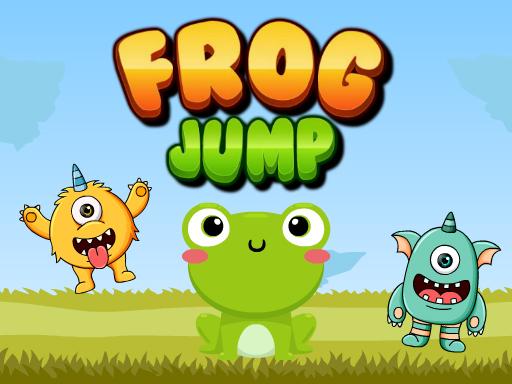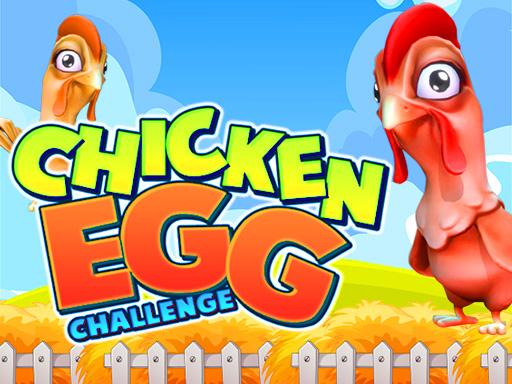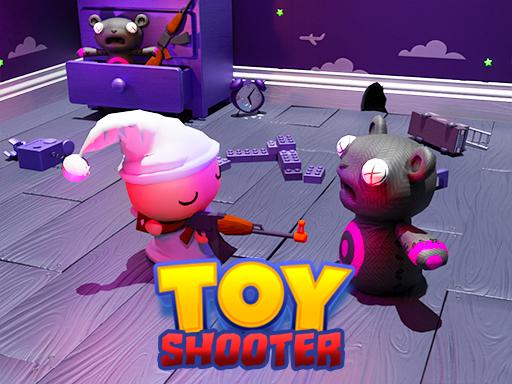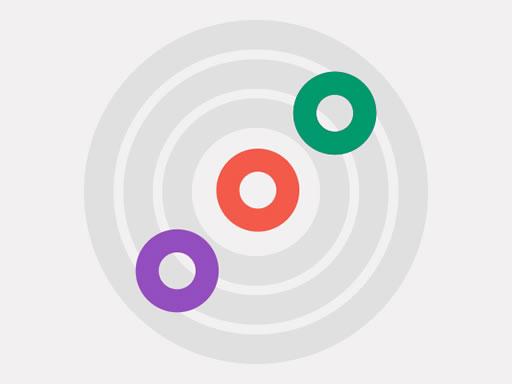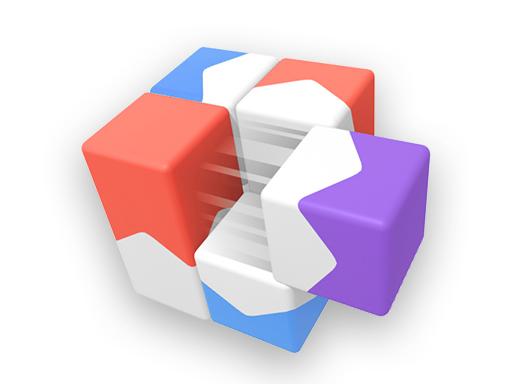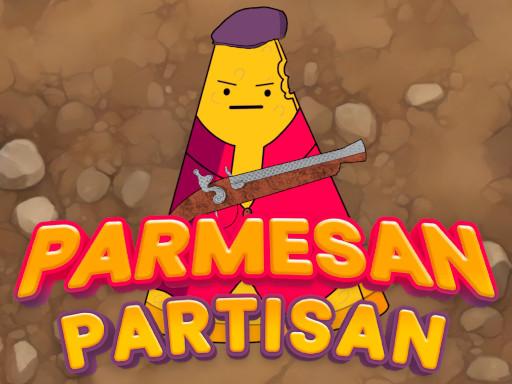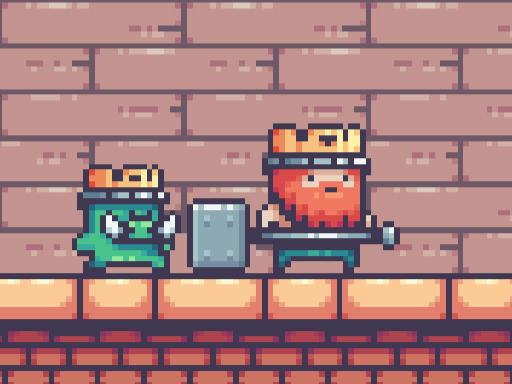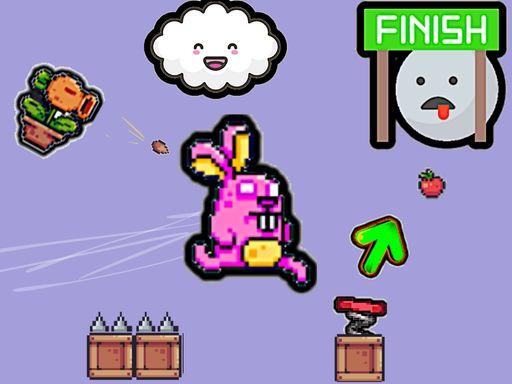Introduction and How to Play “Harmony Tester” Game
Harmony Tester is a fun and engaging puzzle game that challenges your ability to think critically about balance, order, and symmetry. In this game, players are tasked with creating harmonious arrangements using various elements, whether it’s colors, patterns, or sounds, depending on the version of the game you’re playing. The core objective is to solve each puzzle by arranging or adjusting these elements to achieve the perfect harmony.
This guide will introduce you to Harmony Tester, explain its mechanics, and offer some tips to help you master the game and tackle its most difficult challenges.
Overview of Harmony Tester
In Harmony Tester, players are presented with a series of puzzles that require them to create a state of balance, which could mean aligning objects in a certain order, matching patterns, or adjusting various elements to meet specific criteria. The game often tests your sense of aesthetics, logic, and spatial reasoning, offering a variety of puzzles that range from simple to complex.
The game could involve multiple different “harmony” concepts:
- Visual Harmony: Aligning shapes, colors, or patterns in a balanced way.
- Auditory Harmony: Combining sound elements to create a pleasant and balanced sound.
- Structural Harmony: Solving puzzles where elements need to be arranged to form a cohesive, balanced structure.
In each level, you are given a set of elements that must be aligned or arranged in a particular way to pass the level. The game might provide feedback on whether your arrangement is “harmonious” or not, guiding you to refine your solution.
Key Features of Harmony Tester
Here are some of the key features that make Harmony Tester an enjoyable and challenging game:
- Variety of Puzzle Types
Harmony Tester offers a wide range of puzzle types, each requiring different types of thinking. Some levels may focus on visual harmony, while others may test your ability to create balance through sound or patterns. This variety keeps the gameplay fresh and challenging.
- Intuitive Mechanics
The game is easy to pick up and play. Players can usually interact with the puzzle elements by dragging, clicking, or tapping them, making the controls intuitive and user-friendly.
- Increasing Difficulty
As you progress through the game, the puzzles get progressively harder. The earlier levels may introduce you to basic concepts of harmony, while later levels add more complex elements and require deeper thinking and creativity.
- Feedback System
One of the core elements of Harmony Tester is the feedback system. When you arrange the elements correctly, you receive positive feedback, such as visual effects or sound cues, indicating that you are on the right track. This helps guide your progress.
- Calming Atmosphere
The game is designed to be relaxing. The calming soundtracks, soothing visual designs, and slow-paced gameplay make it a perfect choice for players looking for a peaceful, stress-free gaming experience.
- Creative Problem Solving
Many of the puzzles require you to think outside the box and come up with creative solutions. Whether it’s finding the right combination of colors or creating balance in an arrangement, the game encourages creative thinking and spatial awareness.
- Aesthetic Focus
The game is often visually focused, providing players with a range of colorful and beautifully designed elements that they must arrange into pleasing formations. The game promotes an appreciation for symmetry and aesthetics.
How to Play Harmony Tester
Here is a step-by-step guide on how to play Harmony Tester:
- Start the Game
Launch the game and choose your first puzzle. Depending on the version of the game, you may be prompted to complete a tutorial or introductory levels that teach you the basics of balancing and arranging the elements.
- Analyze the Puzzle
At the start of each level, take a moment to analyze the puzzle. Look at the elements you need to arrange and think about what “harmony” might look like. Is it visual balance? Is it a combination of sounds or patterns? Understanding the puzzle’s goal is key to solving it.
- Arrange the Elements
Drag, place, or tap the elements on the screen to start arranging them. Depending on the puzzle, you may need to align colors, match sounds, or create a specific pattern. Use your intuition and knowledge of symmetry or design principles to guide your actions.
- Test Your Arrangement
Once you’ve made an arrangement, test it by interacting with the puzzle or using the “check” button. The game will give you feedback—if the arrangement is correct, you’ll move on to the next level. If it’s not, you’ll need to adjust the elements and try again.
- Adjust and Refine
If the first arrangement doesn’t work, don’t be discouraged. Think about how you can adjust the elements to get closer to the goal. The game encourages trial and error, allowing you to refine your approach with each attempt.
- Use Hints (If Available)
If you get stuck, many versions of the game offer hints or tips. These hints can help guide you toward the correct solution without directly giving it away. Use them sparingly, as they often come with limited availability or a penalty.
- Progress Through Levels
As you complete puzzles, you’ll unlock new levels with more difficult challenges. The game typically rewards you with stars or achievements based on how efficiently you complete each puzzle.
Tips and Strategies for Harmony Tester
To excel at Harmony Tester, you’ll need both patience and a strong understanding of balance and symmetry. Here are some strategies to help you succeed:
- Observe the Patterns
Many puzzles in Harmony Tester are based on pattern recognition. Pay close attention to how the elements are arranged in the puzzle and look for any clues or relationships between them that might suggest how to achieve harmony.
- Take Your Time
Don’t rush! Take the time to analyze the puzzle and think about the best way to arrange the elements. The game is designed to be relaxing, so it’s not a race—take your time to enjoy the process and solve each puzzle thoughtfully.
- Use Color and Shape Relationships
In visual harmony puzzles, the color and shape relationships often play a crucial role. Make sure to consider how certain colors or shapes complement each other when arranging the puzzle elements.
- Balance Symmetry
Symmetry is often key to achieving harmony. Whether you’re aligning elements in a grid or balancing objects on a scale, symmetry can help create a more harmonious arrangement. Look for ways to evenly distribute elements across the puzzle.
- Experiment with Sound (if Applicable)
If the game involves auditory harmony, experiment with different combinations of sounds. Listen carefully to how the sounds blend together and adjust accordingly to create a soothing, harmonious effect.
- Be Open to Creative Solutions
Some puzzles may require more creative or non-traditional approaches. If your first solution doesn’t work, think outside the box and try something different. Often, the game encourages innovative thinking to achieve harmony.
- Use Hints Wisely
If you find yourself stuck, don’t hesitate to use a hint, but be sure to reserve them for when you’re truly at a loss. Overusing hints may reduce the challenge and take away from the fun of solving the puzzle on your own.
Benefits of Playing Harmony Tester
Harmony Tester offers several benefits beyond its entertaining gameplay:
- Improves Problem-Solving Skills: The game challenges players to think critically and find creative solutions to complex problems, improving their problem-solving abilities.
- Boosts Focus and Attention to Detail: By requiring players to focus on balancing and aligning elements, the game helps sharpen attention to detail and increases concentration.
- Promotes Relaxation: The calming atmosphere and soothing music make the game a great choice for unwinding and relaxing after a long day.
- Encourages Creativity: The wide variety of puzzles encourages players to think creatively and explore different ways to achieve balance.
- Enhances Spatial Awareness: Many puzzles require players to understand how elements interact with each other in space, helping to improve spatial reasoning skills.
Final Thoughts
Harmony Tester is an enjoyable and relaxing puzzle game that offers a unique challenge in achieving balance, order, and harmony. Whether you’re solving visual puzzles or experimenting with sound, the game is designed to engage your mind while providing a calm and peaceful atmosphere. With its intuitive gameplay, increasing difficulty, and aesthetic focus, it’s the perfect game for those who enjoy relaxing yet challenging puzzle games. Test your skills, relax, and create the perfect harmony!


